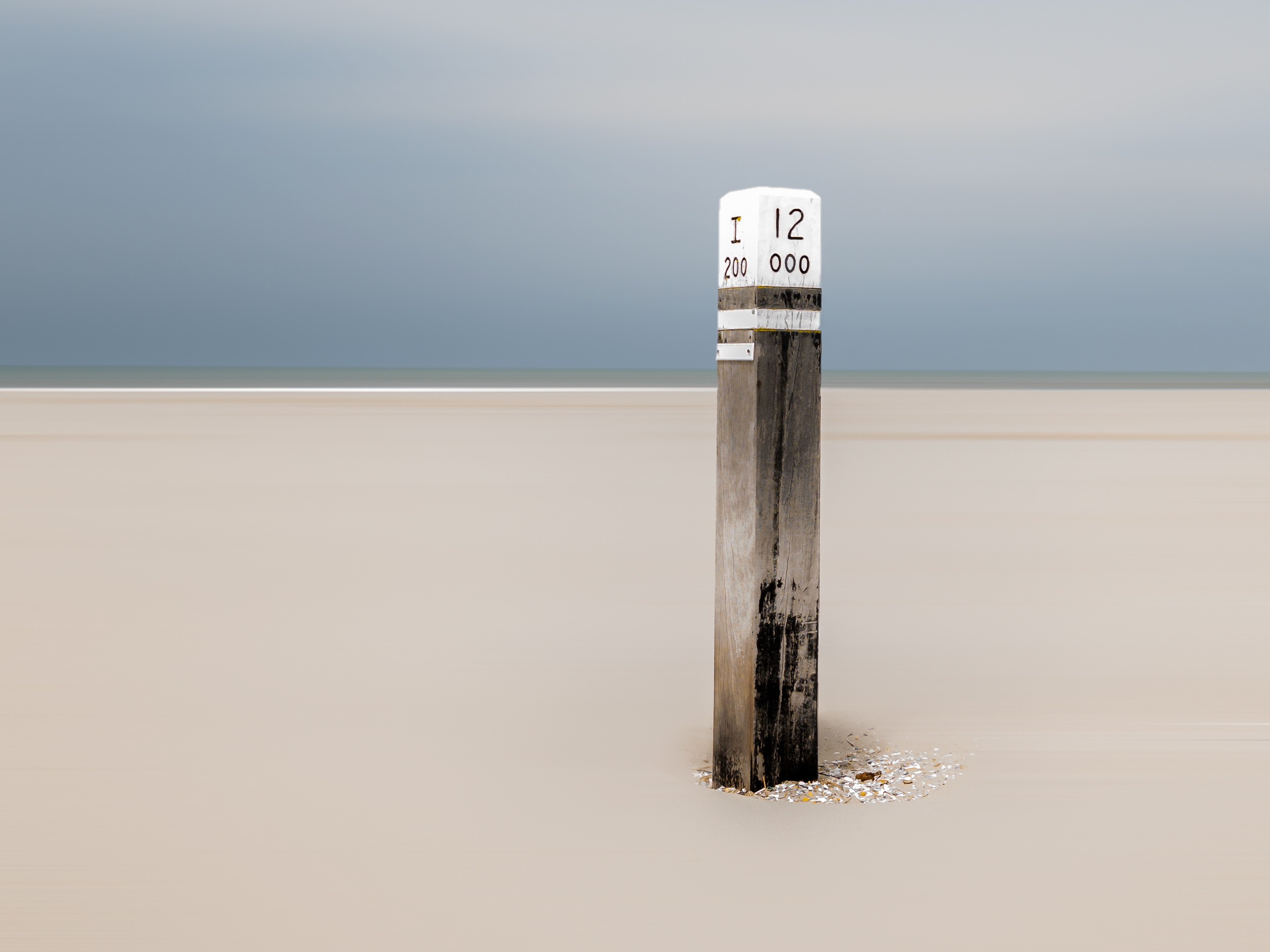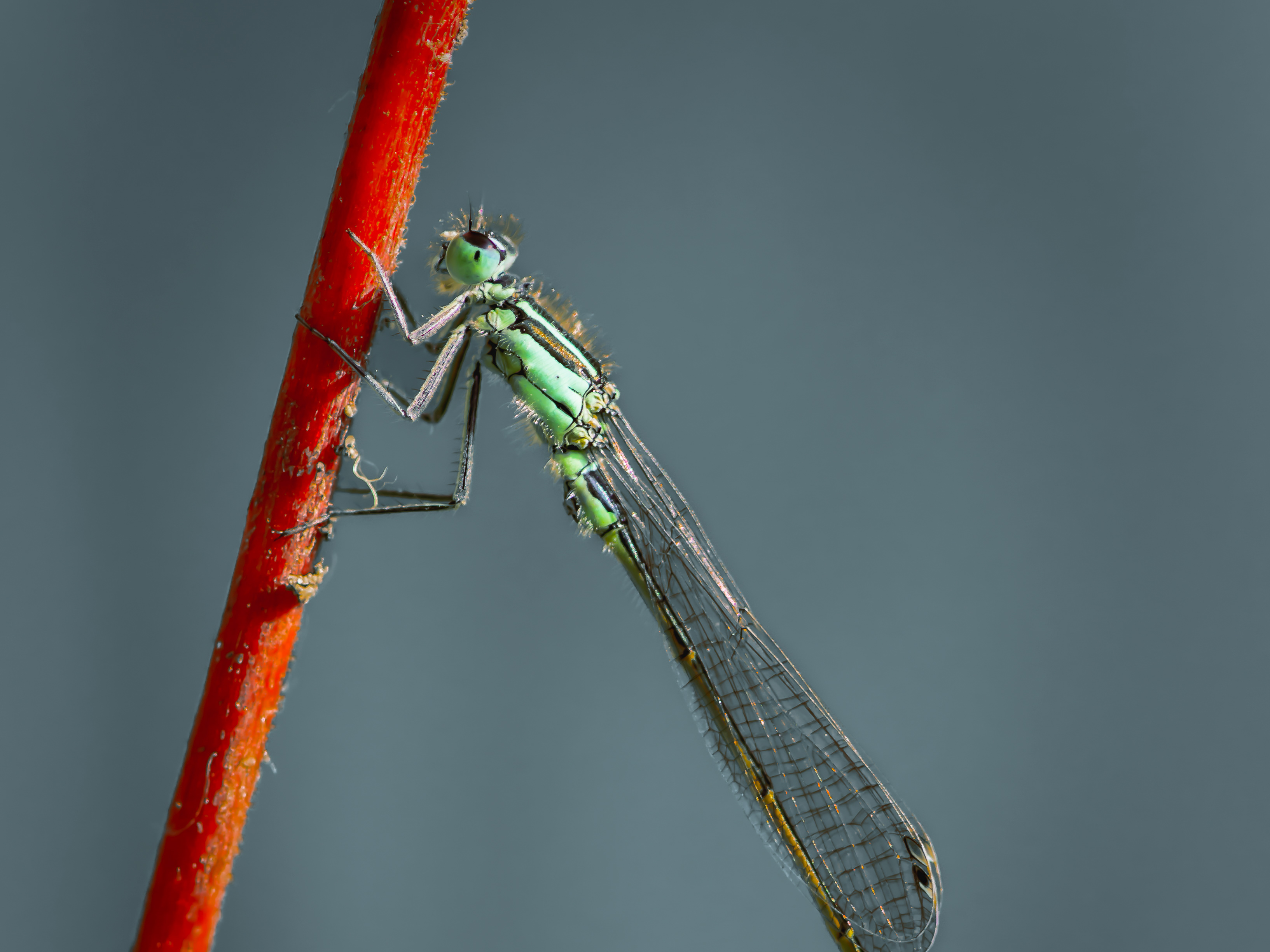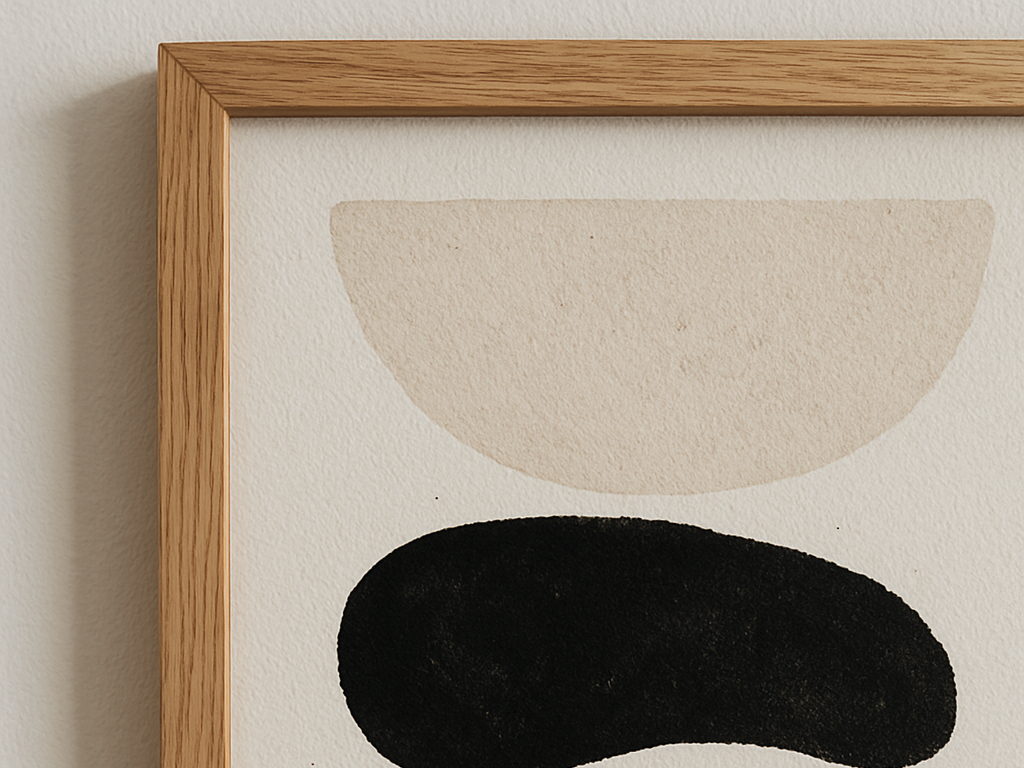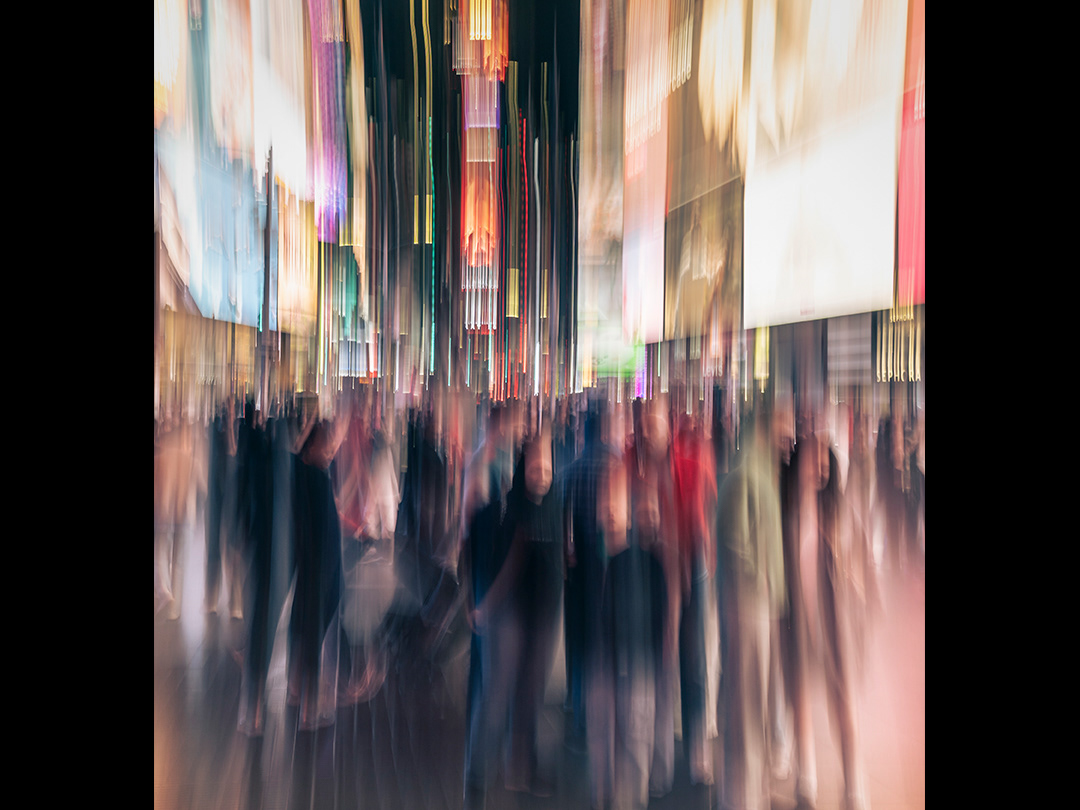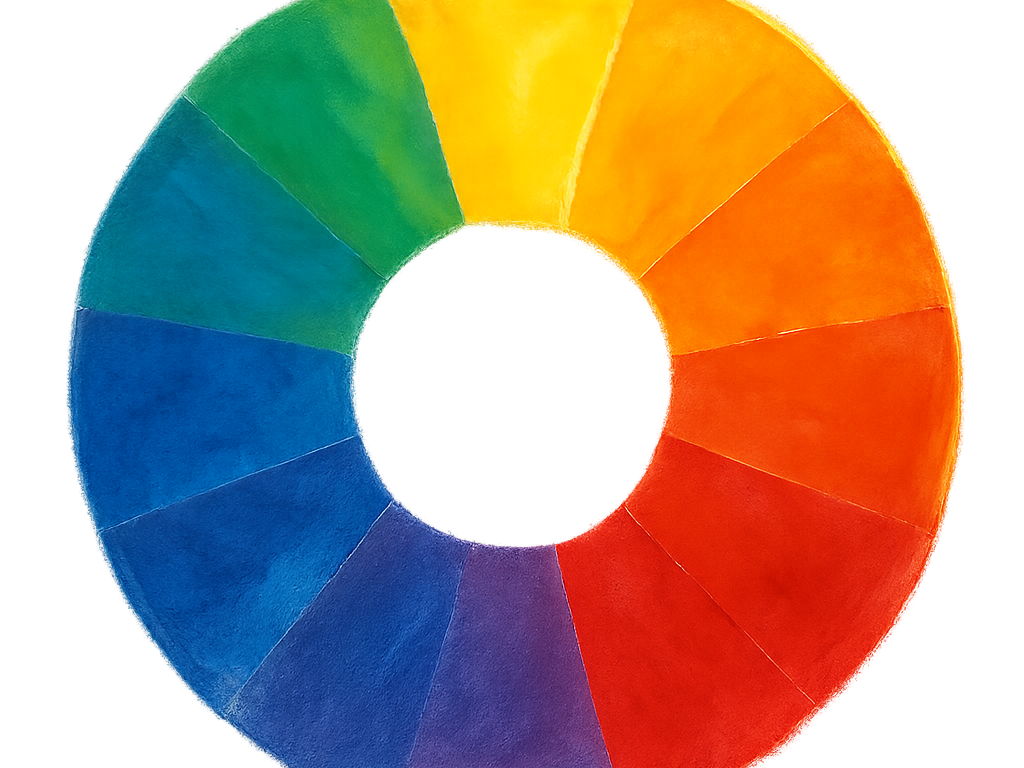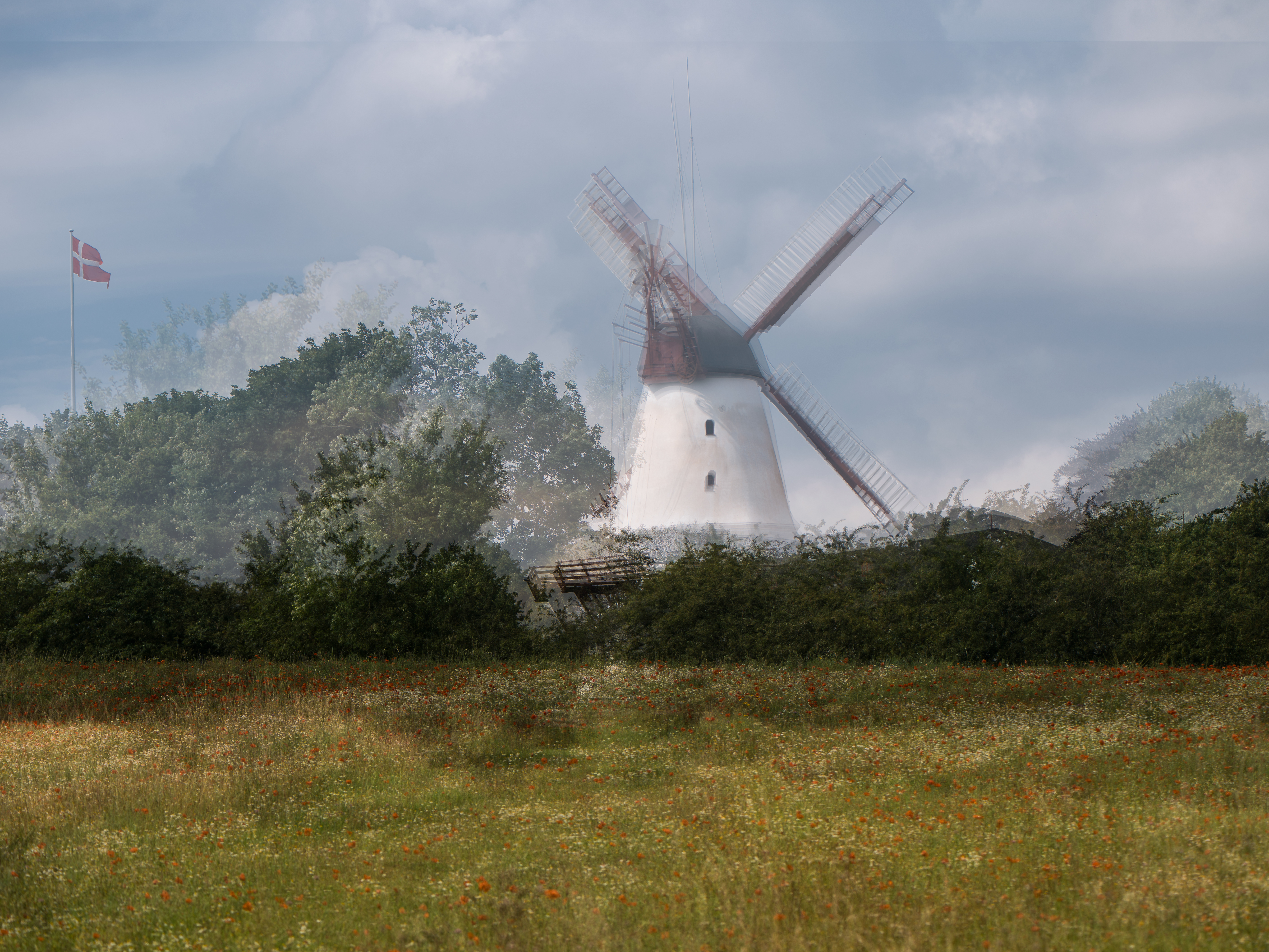There’s something timeless about long exposure photography. Water turns to silk, clouds streak like brushstrokes, and lights draw glowing paths through the night. Long exposure isn't just a technique—it's a quiet invitation to slow down.
At its heart, long exposure photography is about stretching time. By using slow shutter speeds, you capture motion in a still frame—moments unfolding over seconds or even minutes. It’s a powerful way to convey mood, tell stories, and play with light in unexpected ways.Whether it’s waves lapping against the shore or the swirl of stars overhead, long exposures reveal a rhythm in the world that’s often hidden. This technique turns chaos into calm. Moving elements blur into softness, while still ones stand firm, grounding the frame. It’s a study in contrasts—stillness and motion, darkness and glow.
To get started, all you really need is a tripod, a camera that lets you control shutter speed, and a little patience. Neutral density (ND) filters help extend exposures during daylight, keeping highlights in check. And once the technical side is dialed in, the fun really begins—because long exposure is less about capturing what you see and more about expressing how it feels.
At Life Captured, I’m drawn to the quiet magic of long exposures. They’re a reminder that photography isn’t always about snapping the decisive moment. Sometimes, it’s about letting a moment unfold. It’s about embracing imperfection, leaning into slowness, and allowing motion to become part of the story.
I often use long exposures in seascapes and city scenes—places where movement tells its own tale. A quiet shoreline. A crowded street turns into a dreamy stream of color and light.
So next time you're out with your camera, take a moment. Slow down. Let time move through the lens. Long exposure photography isn’t just a way of seeing—it’s a way of feeling.
Let stillness and motion meet. That’s where the magic lives.

